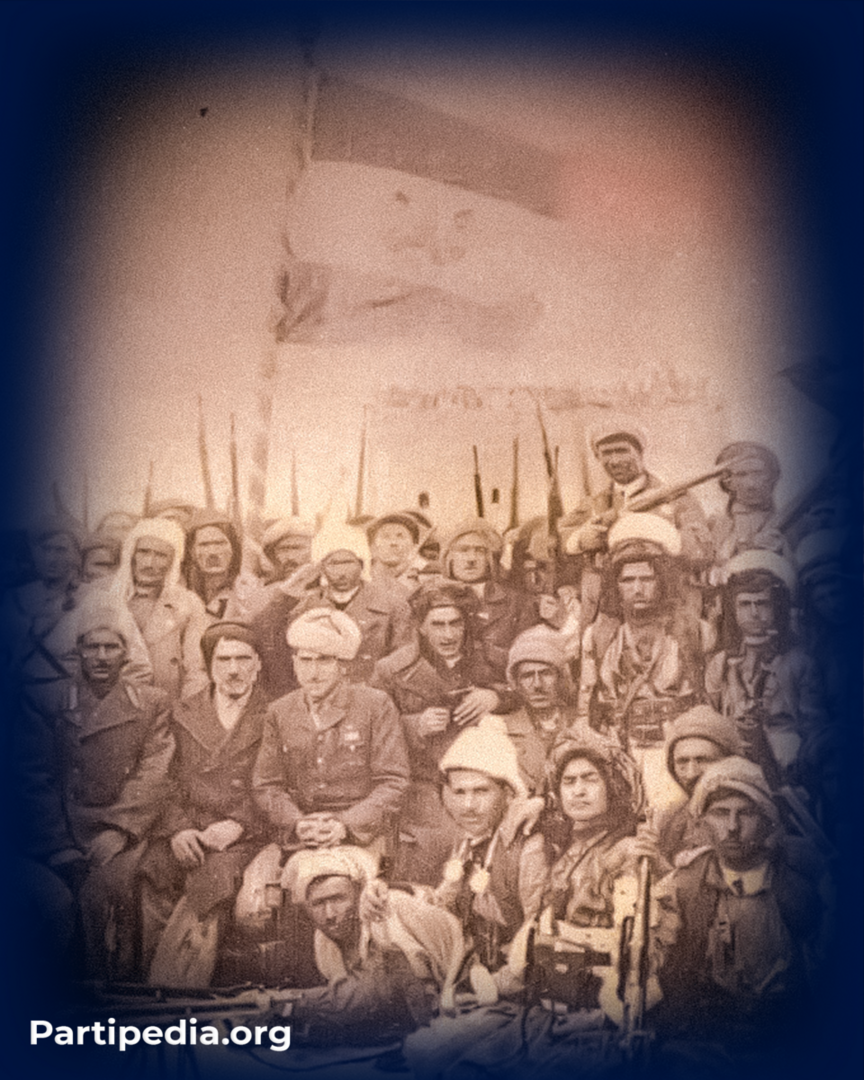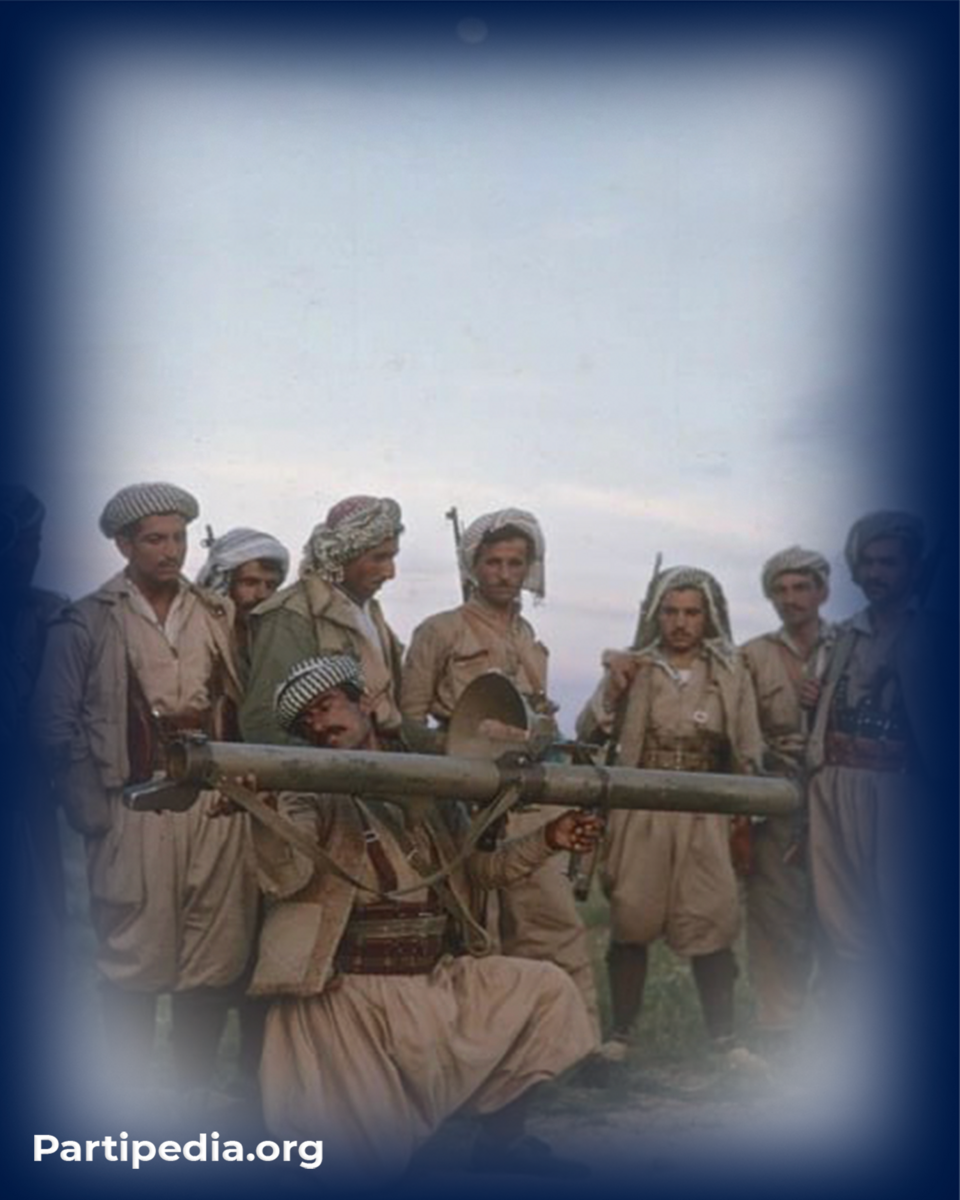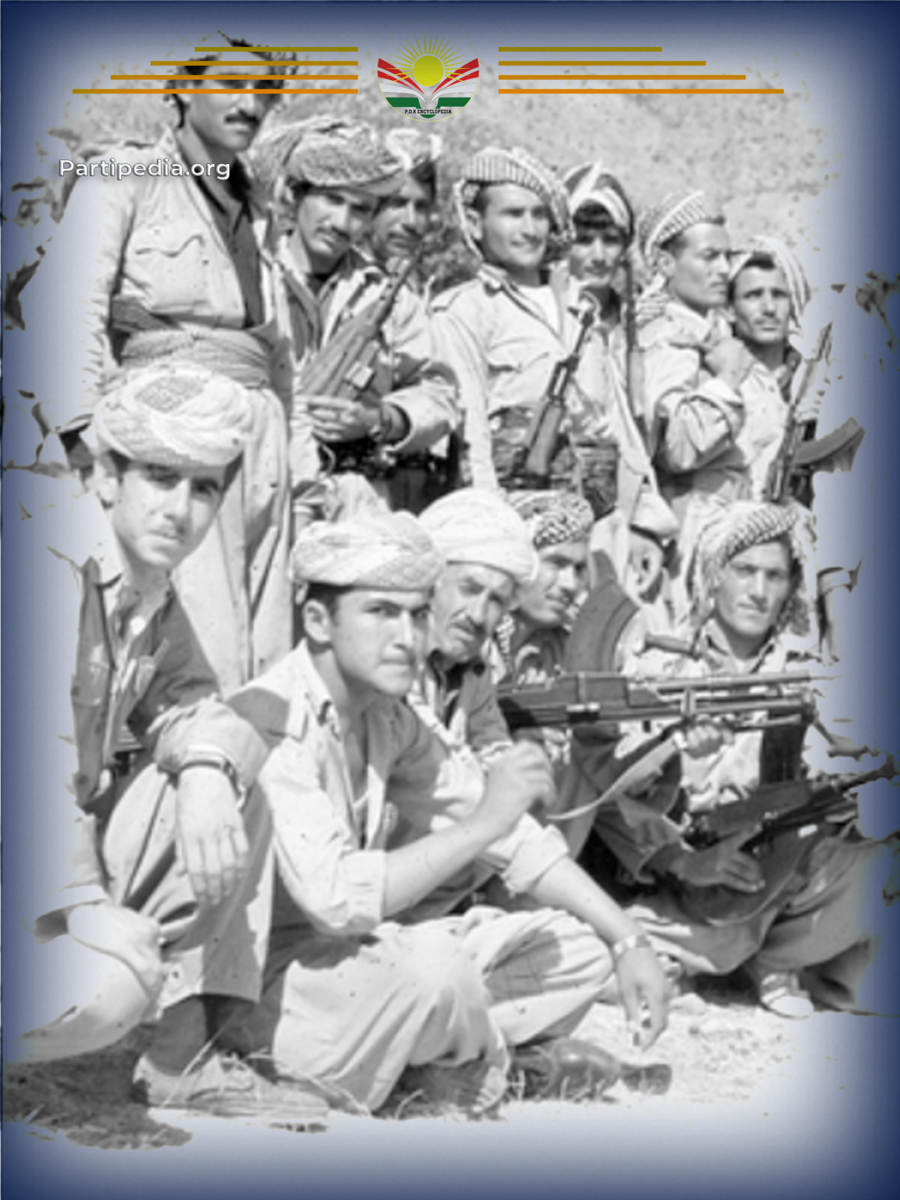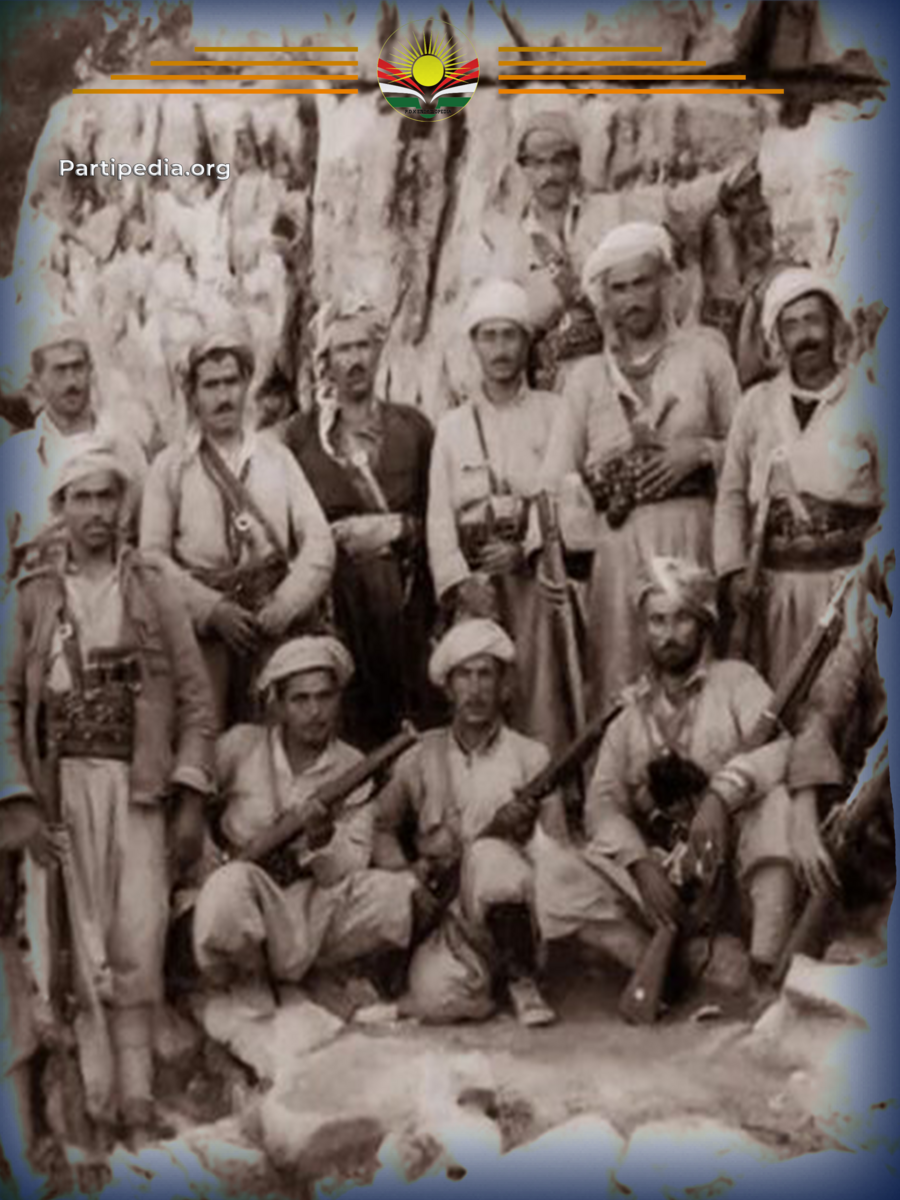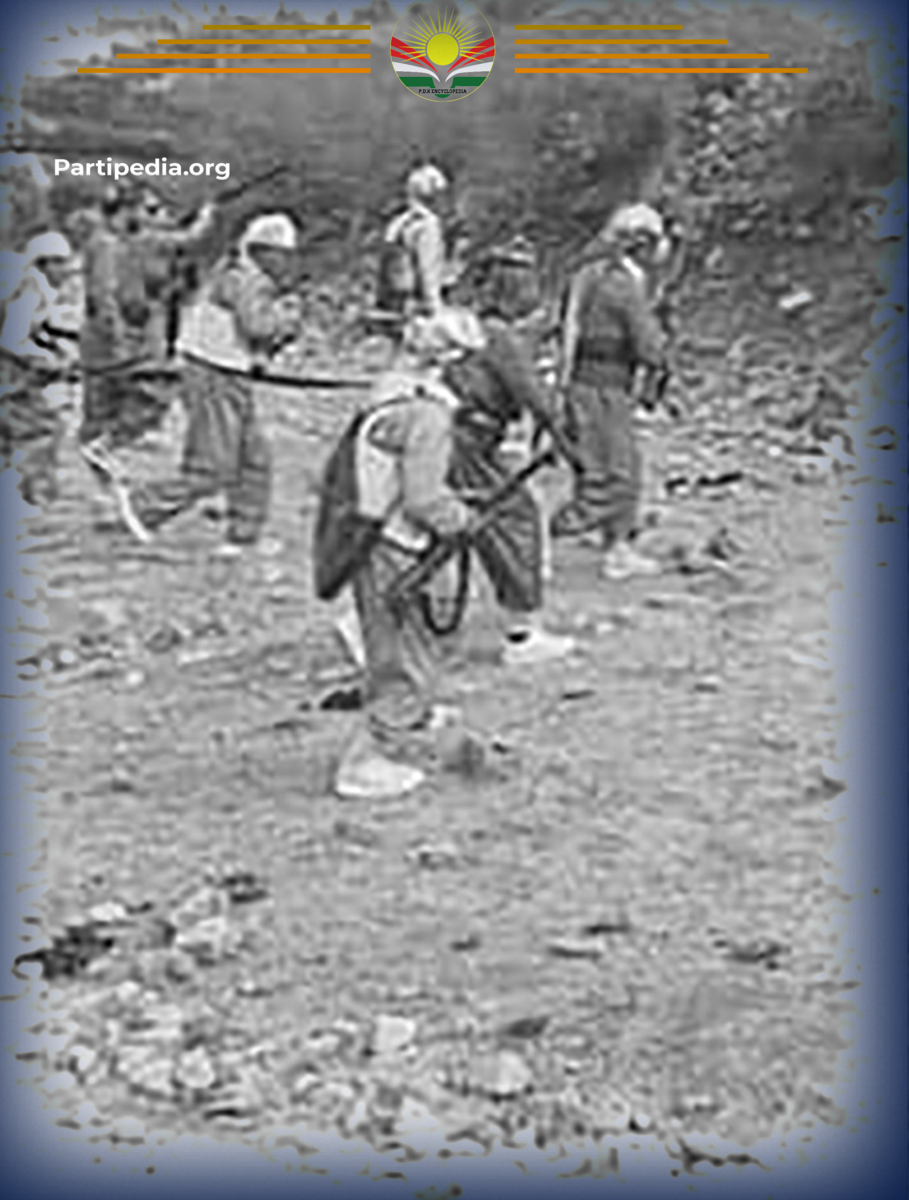One of the significant battles following the defeat of the Kurdistan Republic and the subsequent retreat of the Barzanis to the border areas between Iran and Iraq was The Battle of Singan. After the Iranian army occupied both Wazna and Khan Taws, it became clear that the large forces sent by the Iranian government to attack the Barzani forces in the region would continue their aggressive push. To this end, an Iranian army contingent from Hamadan, accompanied by a group of 75 artillery pieces, advanced towards Nalos under the cover of night. Simultaneously, the Mngor cavalry began their march toward Singan, crossing the Gadar River during the day. The Barzani forces, who had established control over Singan Castle, were well aware of the Mangor cavalry's movements. They strategically positioned some of their forces to the right and behind the advancing cavalry, waiting for the right moment to strike.
As the Mngor cavalry neared, the Barzanis launched a surprise attack, inflicting heavy casualties on the Mngor forces. The cavalry, caught off guard, retreated toward the Gadar River, where they were again engaged by the Barzanis. This second assault pushed approximately 300 Mngor cavalry further back to the southern heights of the area. Meanwhile, Barzani’s artillery, positioned on the heights, began bombarding the advancing Iranian army, adding further pressure. The combined effect of the Barzani forces’ relentless assault, both on the cavalry and the Iranian army, forced the Iranian forces to retreat to Nalos village, taking their infantry and artillery with them.
Despite the victory, the Barzani forces did not emerge unscathed. The battle resulted in several casualties, with some of the bravest Peshmerga martyred and others wounded. Among the fallen was Baqi Aziz Mergasuri, a respected member of the Barzani forces, whose death marked a somber moment for the fighters. Additionally, KeKo Mullah Ali, a prominent figure within the Barzani forces, was severely wounded during the battle, losing an eye and suffering a serious leg injury. This victory in Singan, however, demonstrated the resilience and tactical prowess of the Barzani forces. Despite facing overwhelming odds and a determined enemy, the Barzanis managed to strike decisively, inflicting heavy losses on the Iranian forces and forcing them to retreat.
Source:
1.kdp Encyclopedia Archive.




